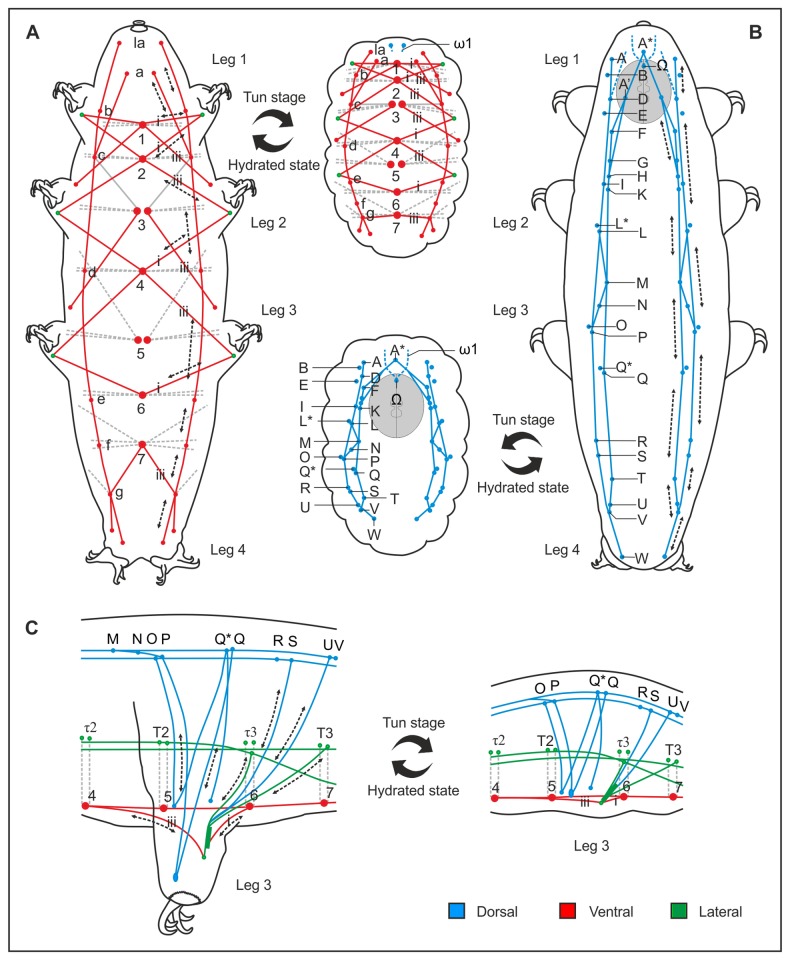Figure 4. Schematic representation of the muscles involved in tun formation in Richtersius coronifer.
Schematic representation illustrating contraction of muscles during the transition from the active (hydrated) to the tun (dehydrated) state. A. Ventral longitudinal musculature. B. Dorsal longitudinal musculature. C. Leg musculature. The dorsal longitudinal, ventral longitudinal, as well as lateral musculature are involved in reshaping the whole body during anhydrobiosis, and are consequently responsible for generating the compact body shape of the tun. Tun formation is moreover characterized by the withdrawal of the legs into the body cavity. Letters and numbers indicate specific muscle attachment sites (see Figure 3).

